The California Current is one of only four temperate upwelling systems in the world. Seasonal upwelling of nutrient-rich waters fuels a highly productive ecosystem, supporting biodiversity and fisheries that, along with coastal tourism, are a foundation of California’s economy.
Yet California’s coasts and oceans are also under increasing threat. Relatively few fisheries are managed based on robust scientific assessments, and more needs to be done to avoid overfishing and reduce bycatch. Plastics and other pollutants are pervasive. Climate change compounds these challenges. Ocean chemistry is changing. Sea levels and temperatures are rising – threatening important resources, biodiversity, and human populations.
Fortunately, the coastal and ocean ecosystems of California are bolstered by a network of marine protected areas and some of the most science-based marine policies in the world. Conservancy scientists look to build on those foundations by applying science and technology to enhance resilience of marine resources in the face of emerging threats.
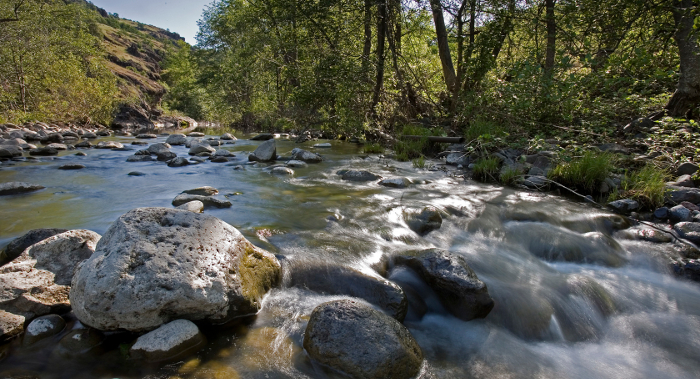
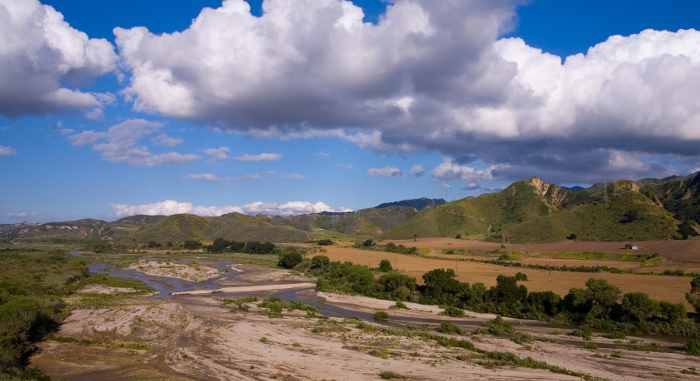
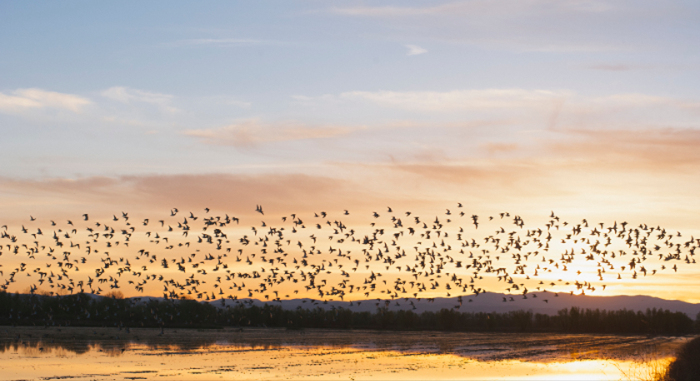
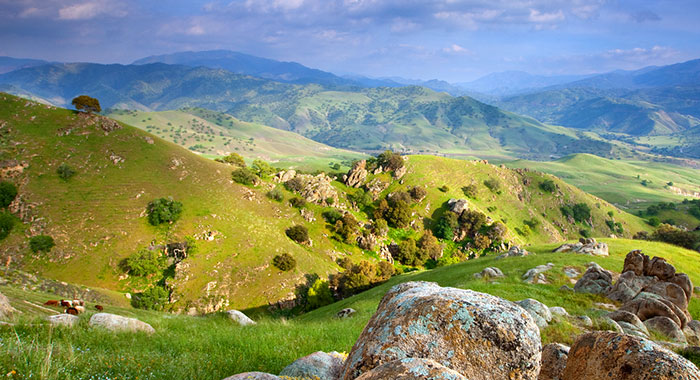
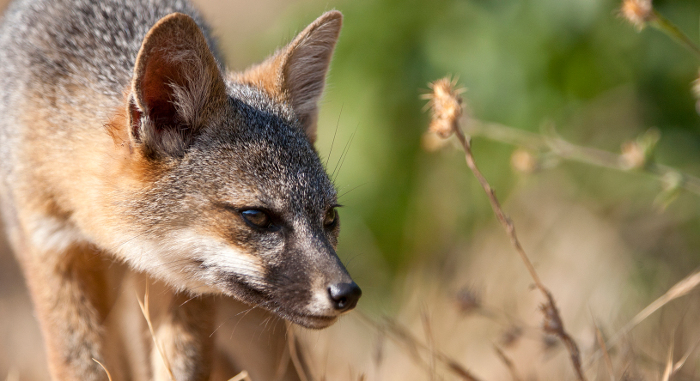
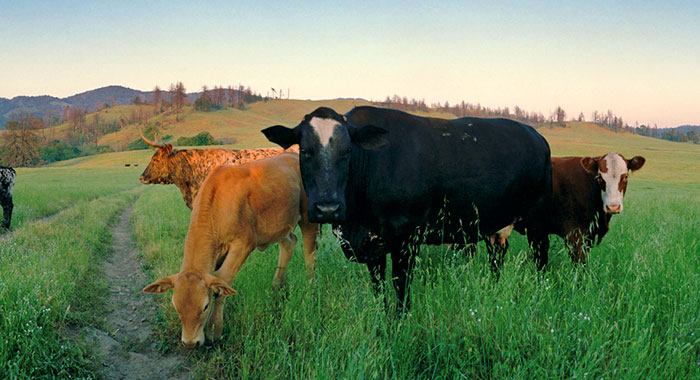
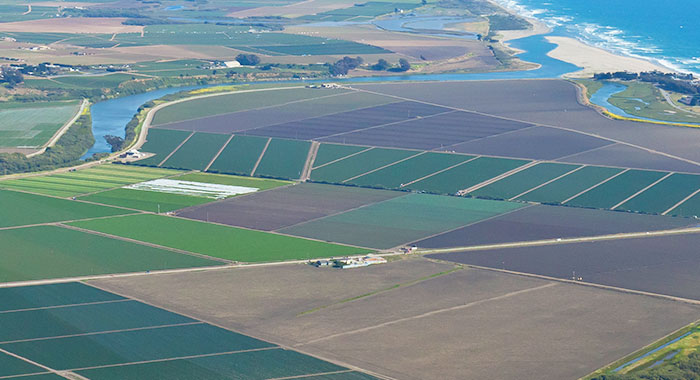

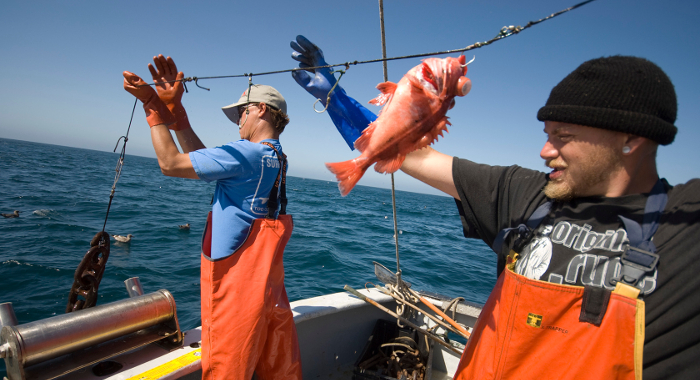

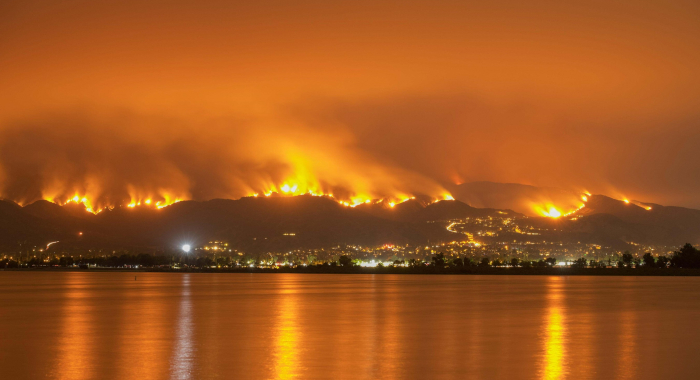
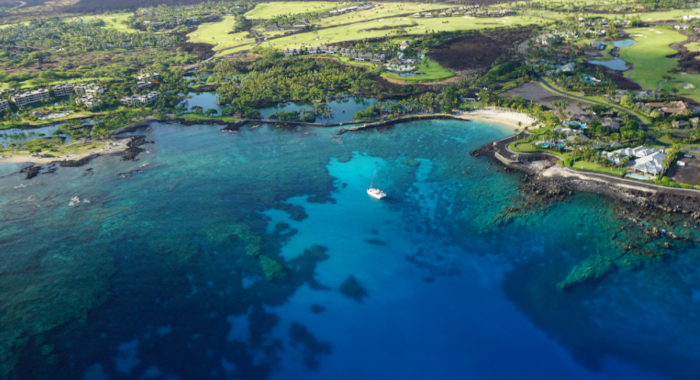
Daniel Ovando, Dawn Dougherty, Jono R. Wilson
No-take marine reserves are a management intervention that can provide long-term fishery benefits. But, impacts of reserve implementation can negatively affect fishermen profits in the short term.…The Nature Conservancy, Jono Wilson
California fisheries, like the red abalone fishery, are facing increasing environmental variation and uncertainty due to climate change, complicating the sustainable management of commercial and…Debra Perrone, Melissa M. Rohde
Managed aquifer recharge (MAR) projects can play an important role in ensuring California manages its groundwater sustainably. This study, the first to investigate the benefits and economic costs…Taylor J. Noble , Christopher J. Lortie , Michael Westphal, H.Scott Butterfield
This paper presents camera trap data comprising over 425,000 images from the Carrizo Plain National Monument. This unique collection of digital images allowed the authors to capture animal behaviours…Patrick Baur, Laura Driscoll, Sasha Gennet, Daniel Karp
Since a deadly outbreak of pathogenic E. coli in California spinach in 2006, produce growers have been pressured to implement on-farm practices, such as native vegetation removal, in the name of food…David C. Marvin, Lian Pin Koh, Antony J. Lynam, Serge Wich, Andrew B. Davies, Ramesh Krishnamurthy, Emma Stokes, Ruth Starkey, Gregory P. Asner
Integration of multiple technologies greatly increases the spatial and temporal scales over which ecological patterns and processes can be studied, and threats to protected ecosystems can be…David C. Marvin, Gregory P. Asner
Policies that incentivize forest conservation by monetizing forest carbon ultimately depend on the accuracy of carbon stock estimates. Often, these estimates are based on field inventory sampling. In…Christopher J. McColl, Katie Andrews, Mark Reynolds, Gregory H. Golet
In response to the decline of wetland habitats for migrating and wintering water birds in California, the Conservancy developed a program called BirdReturns that creates “pop-up”…Daniel S. Karp, Rebekah Moses, Sasha Gennet, Matthew S. Jones, Shimat Joseph, Leithen K. M'Gonigle, Lauren C. Ponisio, William E. Snyder, Claire Kremen
Food safety concerns have led to pressure on farmers to simplify their farms and landscapes, rather than diversify them. This study demonstrates that two practices – elimination of…Sara M. Kross, T. Rodd Kelsey, Chris J. McColl, Jason M. Townsend
Globally, loss of biodiversity and impacts to natural services and human health have been driven to a significant degree by loss of natural habitats due to agricultural land conversion and management…A Network for Voluntary Conservation
The Pajaro Compass—with its interactive maps and tools—supports a group of over 50 stakeholders representing conservation, agriculture, transportation, government and community…Tamara S Wilson, Benjamin M Sleeter, D Richard Cameron
This publication discusses how land use changes in Mediterranean California will drive changes in water use between urban uses and annual vs. perennial crops. The authors used a state-and-transition…Michael F. Westphal, Joseph A. E. Stewart, Erin N. Tennant, H. Scott Butterfield, Barry Sinervo
This paper documents the negative effects of the 2012-2014 drought—the most severe multi-year drought in southwestern North America in the past 1,200 years—on the endangered blunt-nosed…Szeptycki, L., E. Hartge, N. Ajami, A. Erickson, W. N. Heady, L. LaFeir, B. Meister, L. Verdone, J.R. Koseff
The drought in California rekindled interest in ocean desalination as a new and reliable water supply option; yet desalination is expensive, energy intensive, potentially emits greenhouse gases,…Funk, W.C., R.E. Lovich, P.A. Hohenlohe, C.A. Hofman, S.A. Morrison, T.S. Sillett, C.K. Ghalambor, J.E. Maldonado, T.C. Rick, M.D. Day, T.J. Coonan, K.R. Crooks, A. Dillon, D.K. Garcelon, J.L. King, L.M. Lyren, E.E. Boydston, N. Gould , W.F. Andelt
The genomics revolution provides powerful tools for understanding evolution and advancing conservation. This study applies genomics techniques to examine the evolutionary mechanisms underpinning…